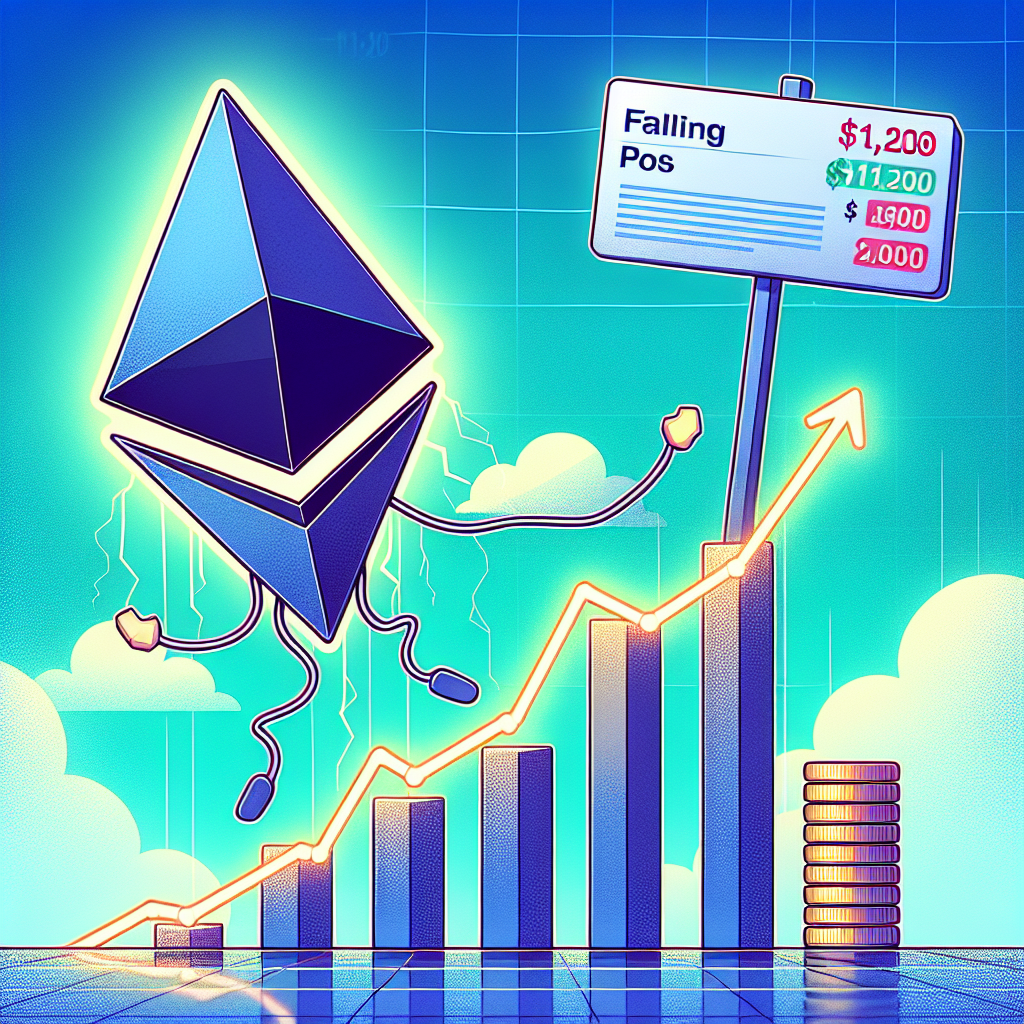
Ethereum Open Interest Hits Record High — Will ETH Price Follow?

Ether (ETH) futures open interest reached an all-time high on March 21, despite ETH’s recent price struggles. This development has sparked speculation among traders about potential price movements and the risks associated with increased leverage.
ETH Price Underperforms Amid Rising Open Interest
Between March 19 and March 21, Ether’s price dropped by 6%, failing to surpass the $2,050 resistance level. Since February 21, ETH has declined by 28%, significantly underperforming the broader crypto market, which fell by 14% during the same period.
Despite this price weakness, Ether futures open interest surged 15% over two weeks, reaching a record 10.23 million ETH on March 21. Binance, Gate.io, and Bitget collectively dominate 51% of the ETH futures market, while the Chicago Mercantile Exchange (CME) holds a 9% share.
Leveraged Long Positions Decline
Although rising open interest typically signals increased institutional interest, it does not necessarily indicate bullish sentiment. Analysts assess market sentiment by comparing ETH futures prices to spot market rates. In neutral markets, futures contracts usually trade at a 5% to 10% annualized premium.
However, the annualized premium for ETH futures recently dropped below 4%, down from 5% two weeks earlier. This decline suggests reduced incentives for traders to engage in “cash and carry” strategies, indicating weaker demand for leveraged long positions.
ETF Outflows and Lower Network Fees Pressure ETH
Ether’s price has also been pressured by significant outflows from U.S.-based Ether ETFs, totaling $307 million over two weeks ending March 20. Additionally, macroeconomic concerns—including recession risks, inflationary pressures, and government spending cuts—have dampened investor confidence.
Furthermore, Ethereum’s network revenue has sharply declined, with the 7-day base layer revenue dropping to $605,000 on March 17 from $2.5 million two weeks earlier. Analysts attribute this decline to reduced demand for decentralized applications (DApps) and increased adoption of layer-2 scaling solutions, which lower transaction fees but may negatively impact ETH valuation.
Quick Summary
- ETH futures open interest reached a record high despite recent price declines.
- Leveraged long positions have weakened, indicating cautious market sentiment.
- ETF outflows and declining network fees have added downward pressure on ETH price.
- Macroeconomic uncertainties further contribute to investor caution.
This article is for general information purposes and is not intended to be and should not be taken as legal or investment advice. The views, thoughts, and opinions expressed here are the author’s alone and do not necessarily reflect or represent the views and opinions of Cointelegraph.




